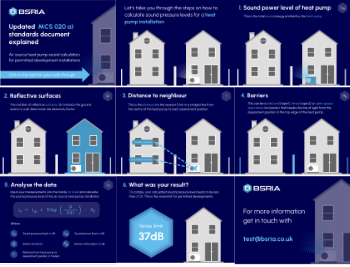Water body
A water body is: 'A body of water forming a physiographical feature. In the WFD (Water Framework Directive) this covers: rivers, lakes, transitional waters, coastal waters and groundwater (aquifers).' Ref The SuDS Manual (C753), published by CIRIA in 2015.
This is as opposed to a watercourse, which includes all rivers, streams, ditches, drains, cuts, culverts, dykes, sluices and passages through which water flows.
Water for life and livelihoods, River basin management plans, Glossary, Published by the Environment Agency in 2016, defines a water body as: ‘A unit of surface water, being the whole (or part) of a stream, river or canal, lake or reservoir, estuary or stretch of coastal water. A groundwater water body is a defined area of an aquifer with geological and hydrological boundaries to ensure consistency and avoid fragmentation.’
It defines a heavily modified water body as: ‘A surface water body that does not achieve good ecological status because of substantial changes to its physical characteristics resulting from physical alterations caused by human use and which has been designated, in accordance with criteria specified in the Water Framework Directive, as ‘heavily modified.’
The glossary of statistical terms, published by the Organisation for Economic Co-operation and Development (OECD), defines major water bodies as: ‘Bodies of water large enough to be separately identified from the surrounding land. The size at which a water body can be considered “major” is dependent upon the resolution of the underlying land statistics. With the advent of geographic information systems technology and remotely sensed land statistics, it is possible to collect and manipulate large volumes of detailed land statistics. In countries in which these technologies are available, a “major” water body is likely to be defined to be smaller than in countries with more basic land statistics.’
[edit] Related articles on Designing Buildings
Featured articles and news
Gregor Harvie argues that AI is state-sanctioned theft of IP.
Heat pumps, vehicle chargers and heating appliances must be sold with smart functionality.
Experimental AI housing target help for councils
Experimental AI could help councils meet housing targets by digitising records.
New-style degrees set for reformed ARB accreditation
Following the ARB Tomorrow's Architects competency outcomes for Architects.
BSRIA Occupant Wellbeing survey BOW
Occupant satisfaction and wellbeing tool inc. physical environment, indoor facilities, functionality and accessibility.
Preserving, waterproofing and decorating buildings.
Many resources for visitors aswell as new features for members.
Using technology to empower communities
The Community data platform; capturing the DNA of a place and fostering participation, for better design.
Heat pump and wind turbine sound calculations for PDRs
MCS publish updated sound calculation standards for permitted development installations.
Homes England creates largest housing-led site in the North
Successful, 34 hectare land acquisition with the residential allocation now completed.
Scottish apprenticeship training proposals
General support although better accountability and transparency is sought.
The history of building regulations
A story of belated action in response to crisis.
Moisture, fire safety and emerging trends in living walls
How wet is your wall?
Current policy explained and newly published consultation by the UK and Welsh Governments.
British architecture 1919–39. Book review.
Conservation of listed prefabs in Moseley.
Energy industry calls for urgent reform.























